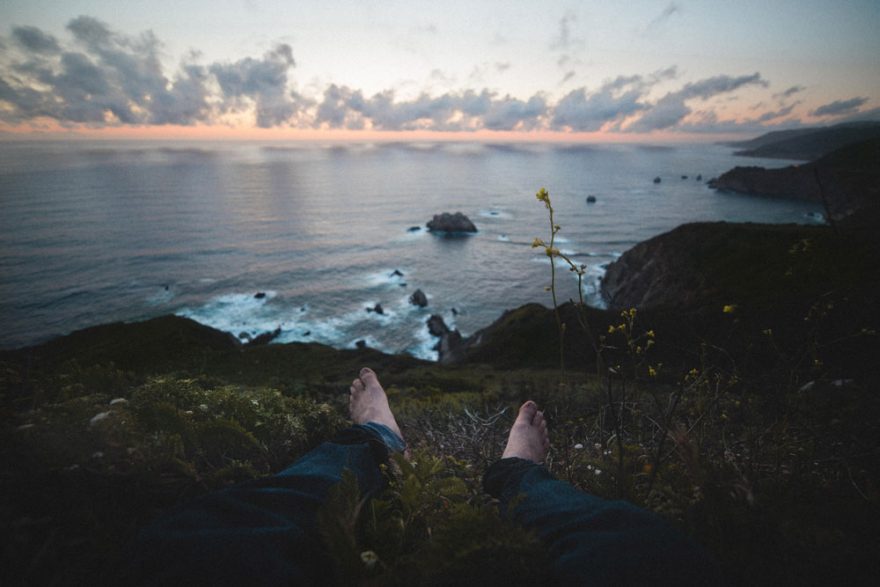
As tough and rugged as outdoor adventurer thinks they are, nothing is more crippling than getting a blister and having to hike for hours.
Blisters happen to the best of us, and for a few reasons. Hiking creates the perfect ground for blisters to form as your skin warms, becomes moist and softens. As soon as your feet begin to rub or experience friction, they will blister. Blisters have the potential to ruin and otherwise pleasant and peaceful hike.
Of course, there can be worse injuries than rubbing skin, however many of these are freak accidents. Blisters? Well, they’re avoidable and you don’t need to accept them.
Correct Footwear
It’s vitally important that you choose the correct footwear for your hike. This is largely down to the conditions you’ll be hiking in. If it’s going to be a relatively dry hike, then it’s best to opt for mesh, breathable footwear so that you’re not creating a warm, moist environment.
However, if you’re likely to be walking through wet grass or in the rain, then opt for a pair of shoes or boots which will be waterproof enough, yet not make your feet moist through sweat.
It’s important to test out your footwear beforehand, especially with a heavy (or realistic) load on your back. Walk about your normal day, up stairs and down hills to see how your feet react to them.
Do Your Socks Suck?
As well as choosing the right shoe, you should also give thought to your socks. Like the shoe, you need socks which aren’t going to make your feet damp. This probably means no thick, woolly socks. Instead, choose a light pair, which aren’t loose enough to rub and slip around.
It’s worth bringing a spare pair with you, if your feet are prone to sweating. Then, you can change into a dry pair of socks, to prevent blisters as best you can.
On the Hike
As well as your preparation beforehand, there are a few things you can do while you’re hiking to decrease the likelihood of suffering a blister.
Remove Dirt and Grit
When hiking, all sorts of things can get into your shoes, like small pebbles and grit. You should try to remove this is as soon as possible, to prevent it rubbing your feet. Additionally, a good pair of hiking gaiters can stop sediment from getting into your footwear in the first place.
Bandage
Feel as sore patch on your foot? Don’t wait until it blisters, cover it with tape or moleskins to try and stop it from getting any worse. Of course, sometimes there’s just no going back, however it’s worth a shot.
Tighten Shoes
Like we said, friction is the main cause of blisters. Far too often, this is caused by loose footwear. From time to time, stop to check that your shoes aren’t rubbing, and if they are, simply tighten them!
Sweaty Feet?
If your feet are getting all hot and bothered, then stop and give them a rest. It’s important to let them air out and cool down, rather than keep ploughing on through the hike. Yes, you don’t want to slow the pace, however if you get a blister, the pace will almost definitely be slowing anyway.

 Your Privacy Choices
Your Privacy Choices
 The
The